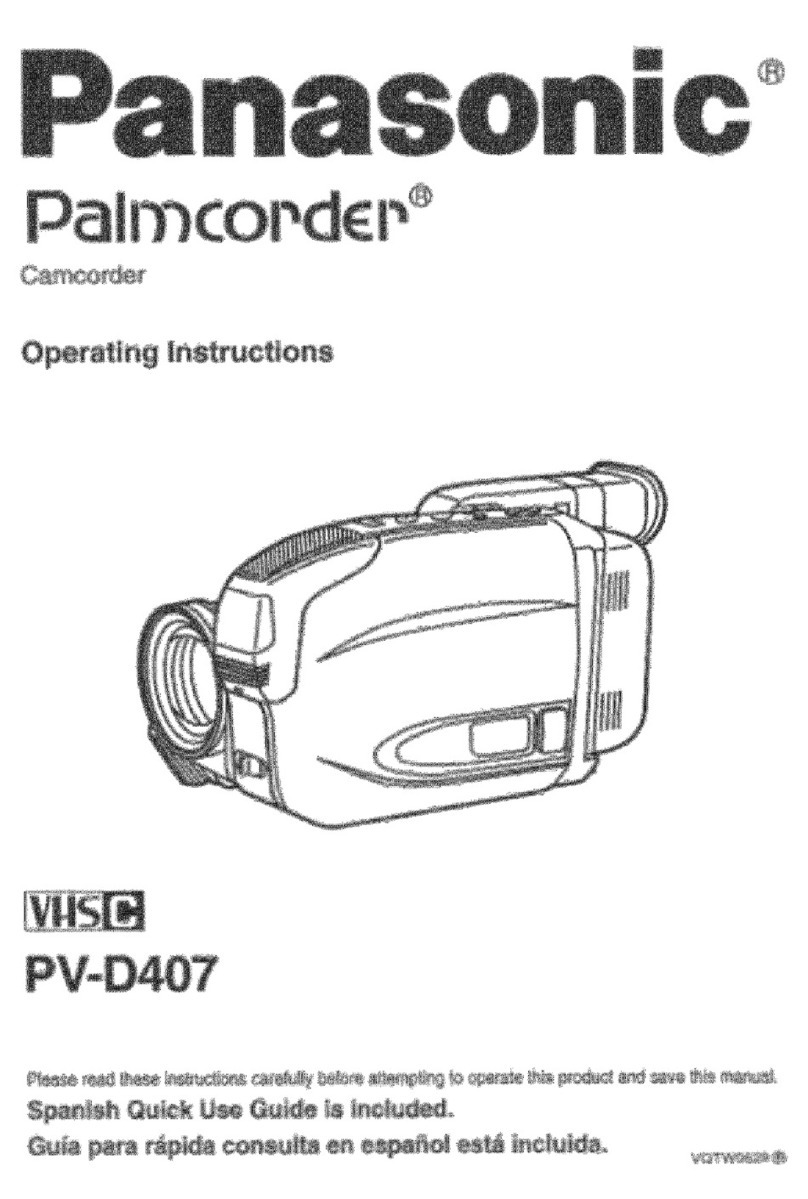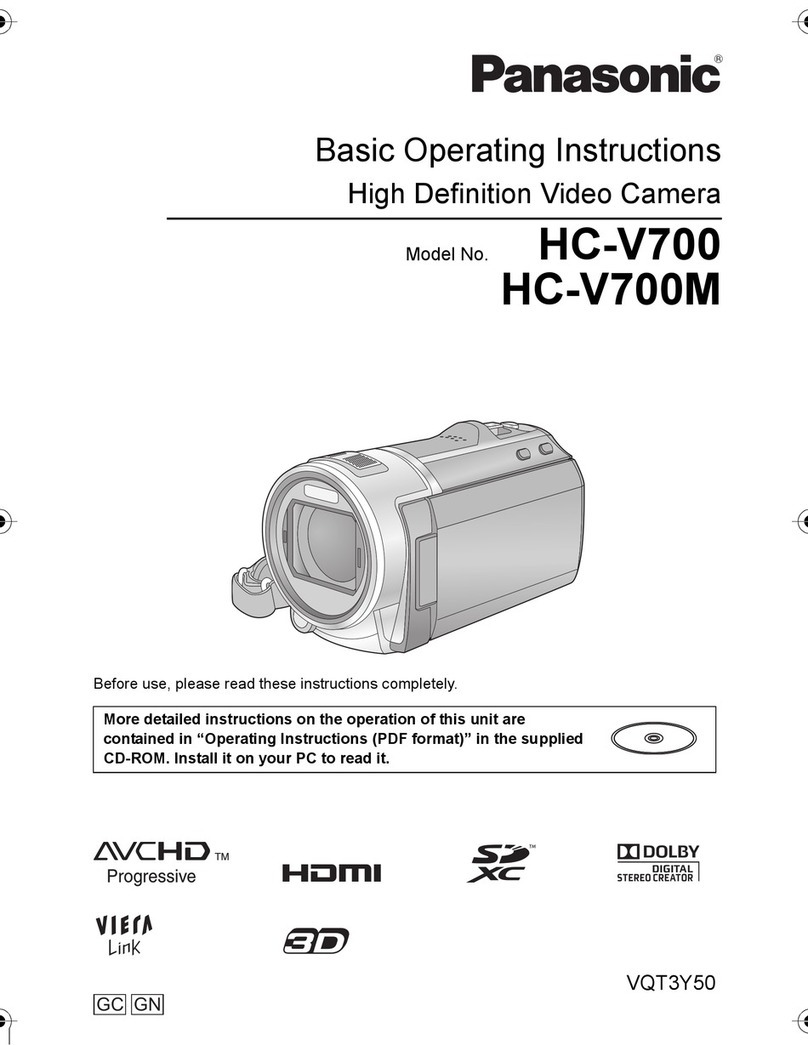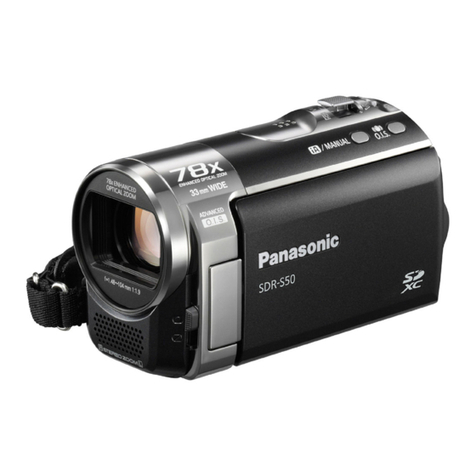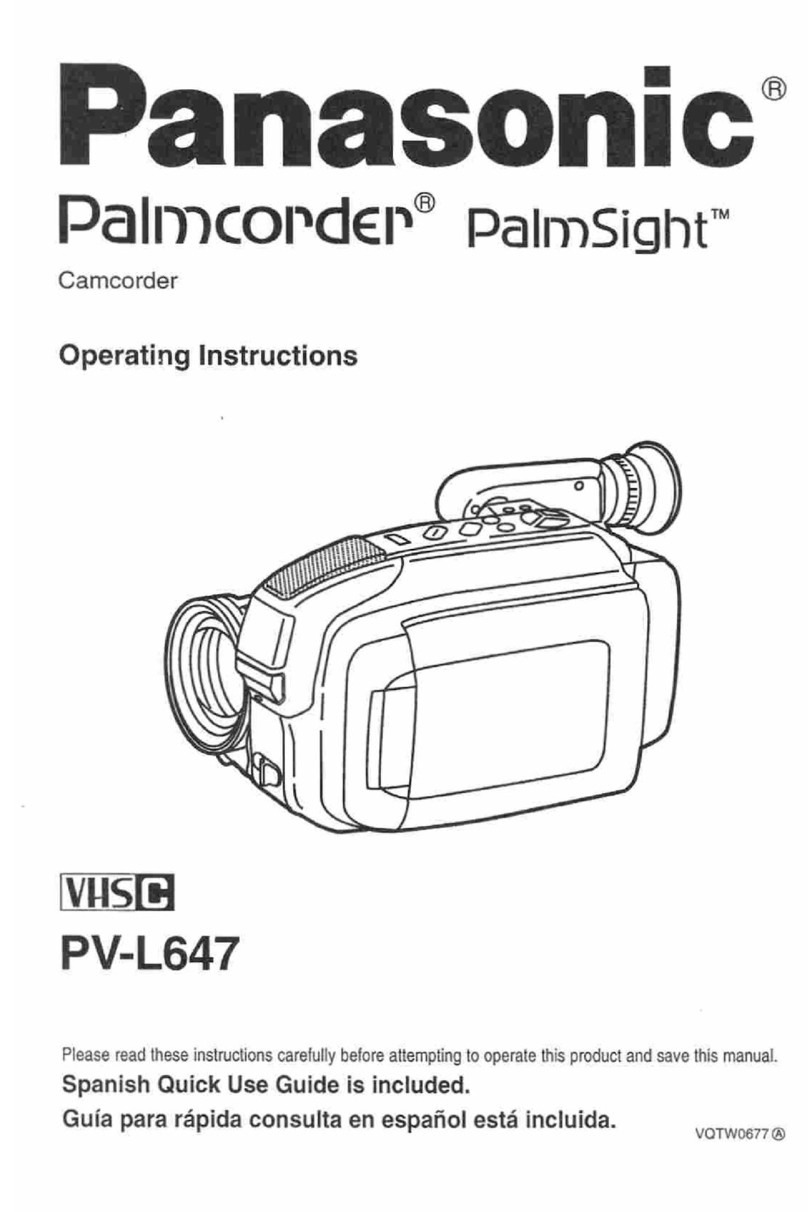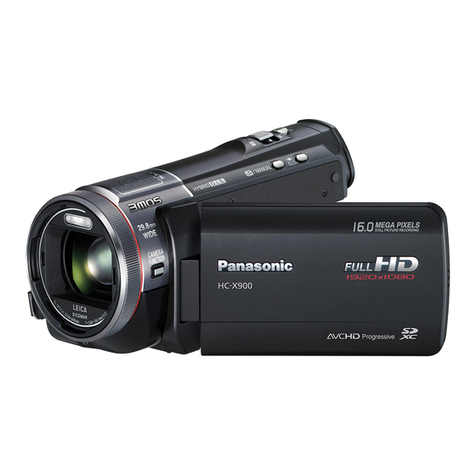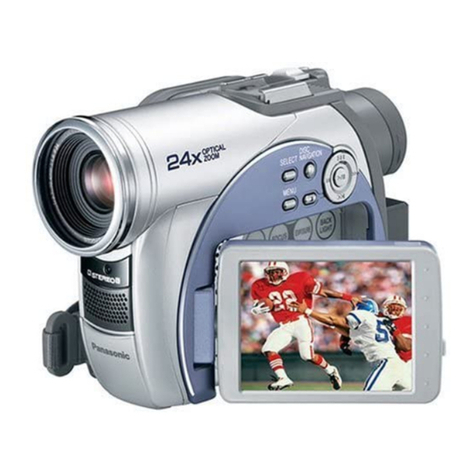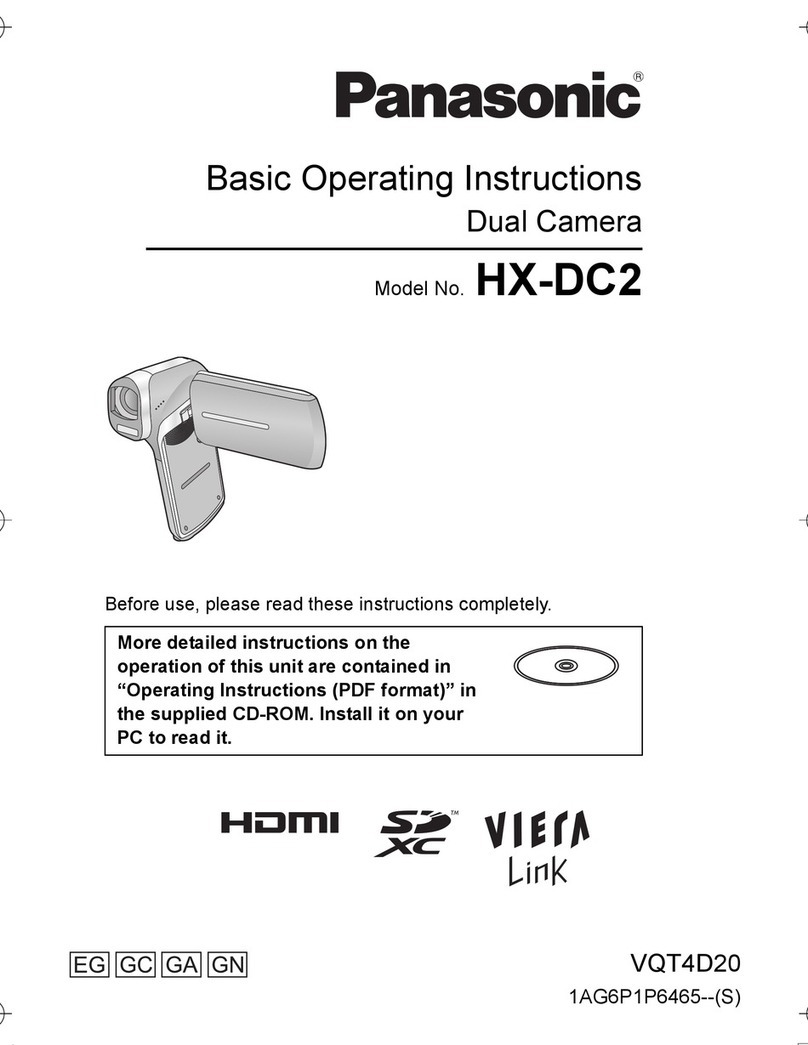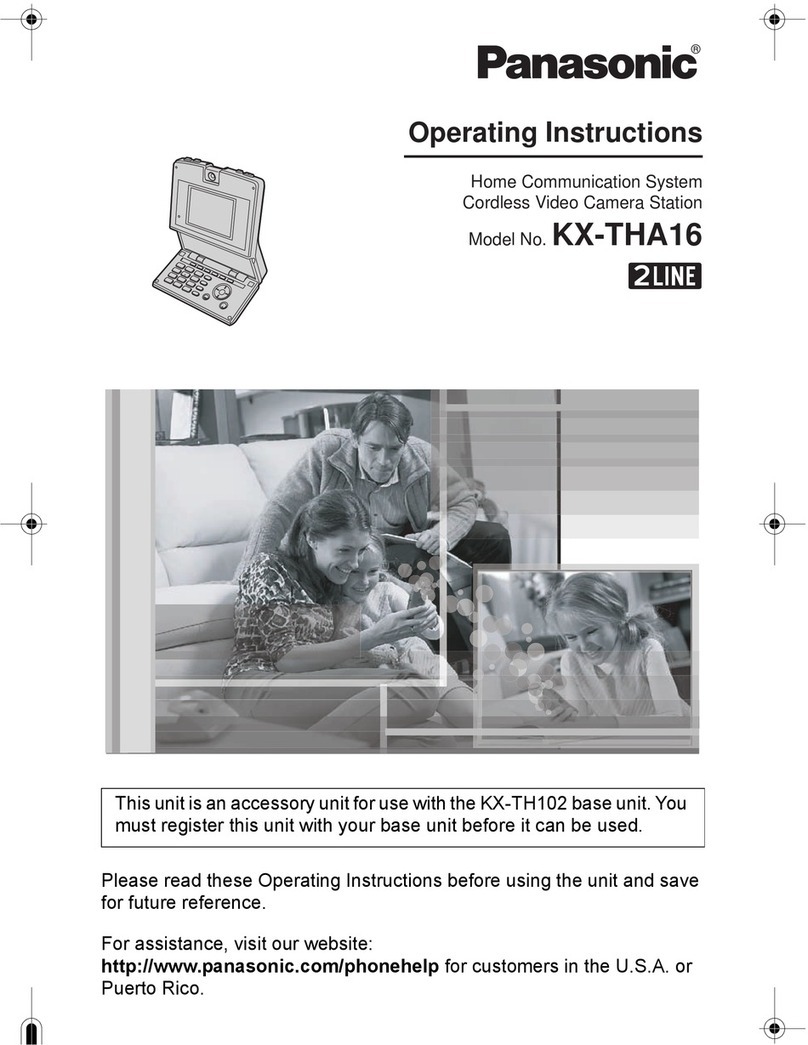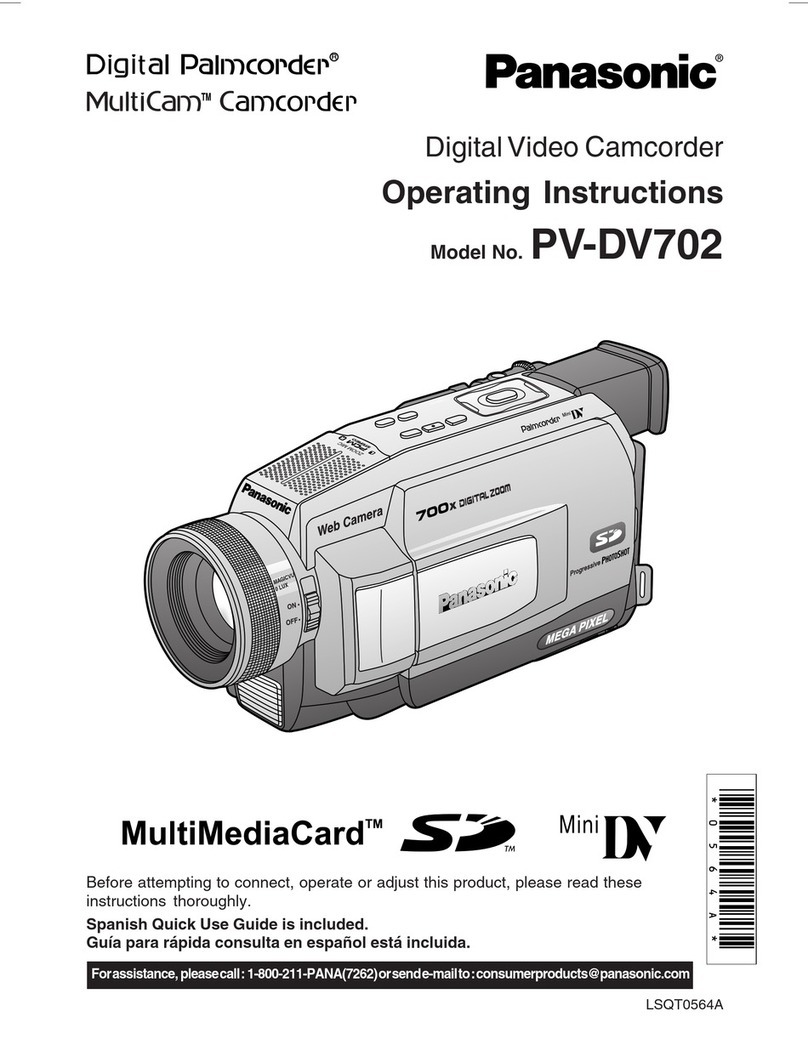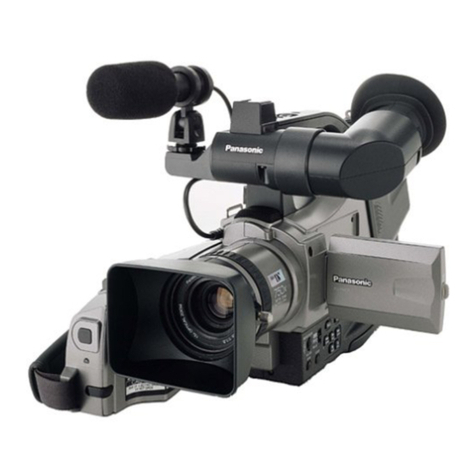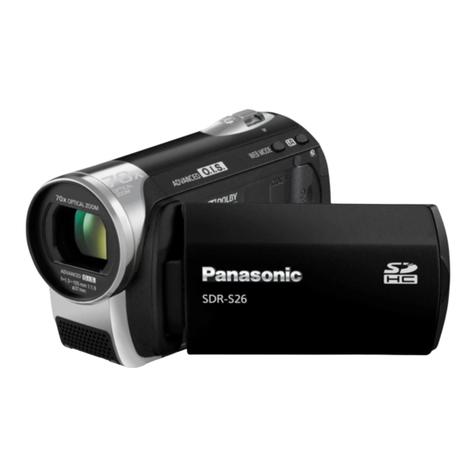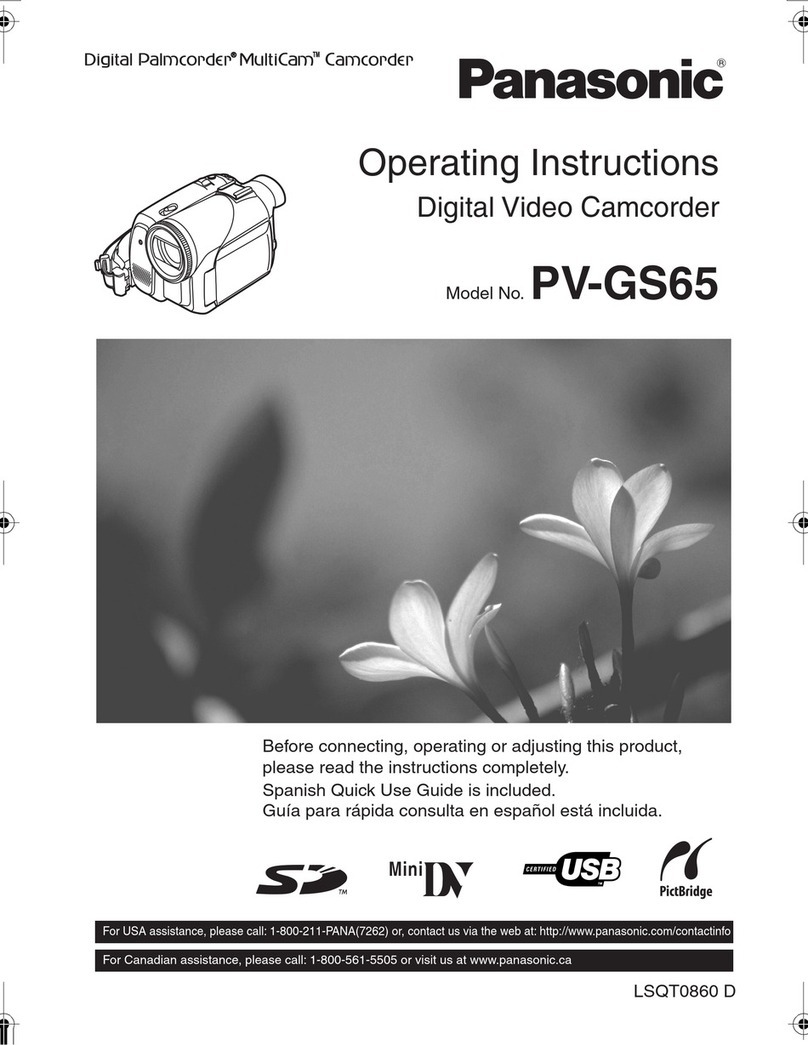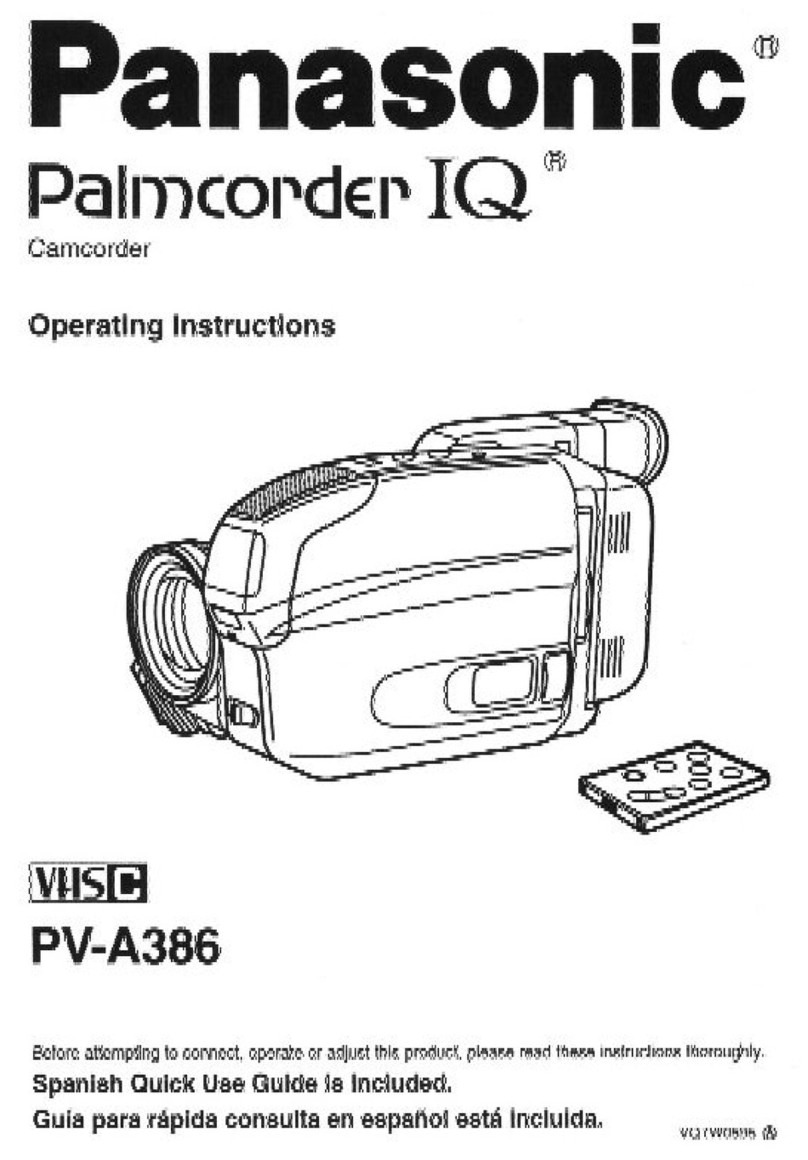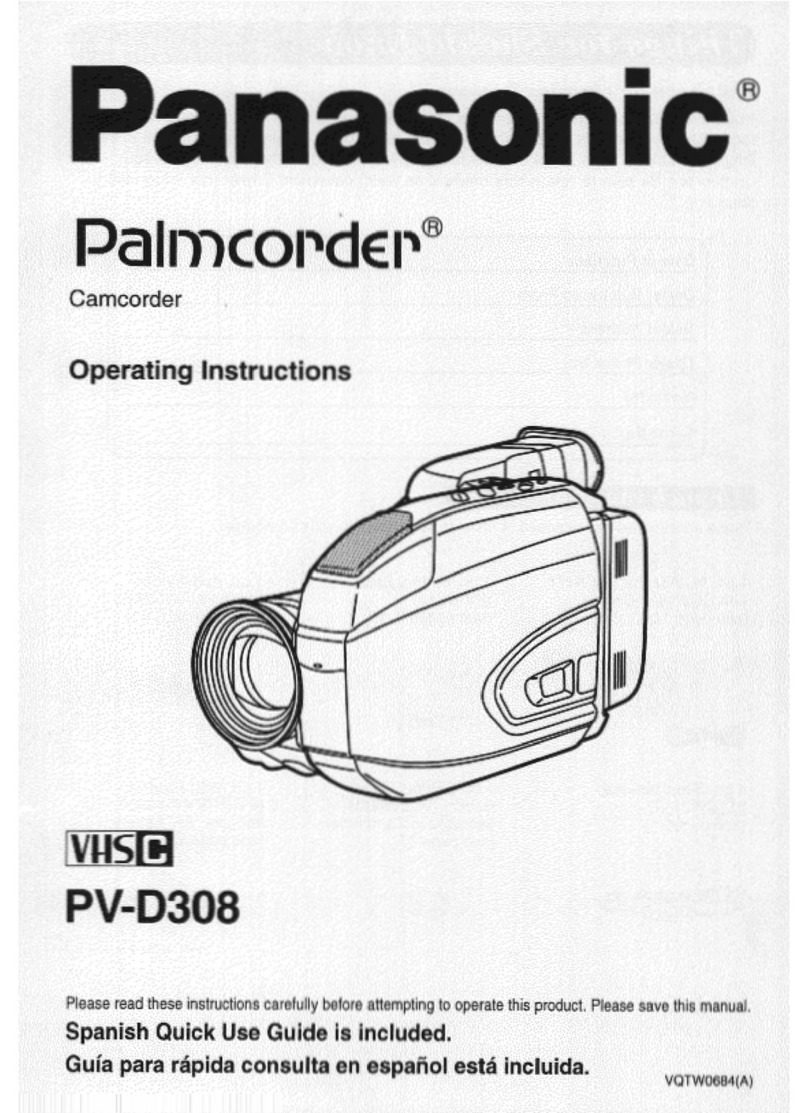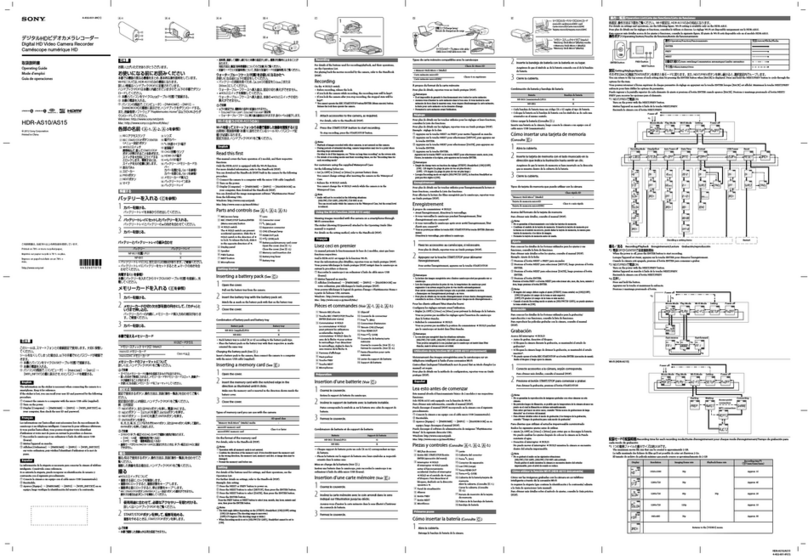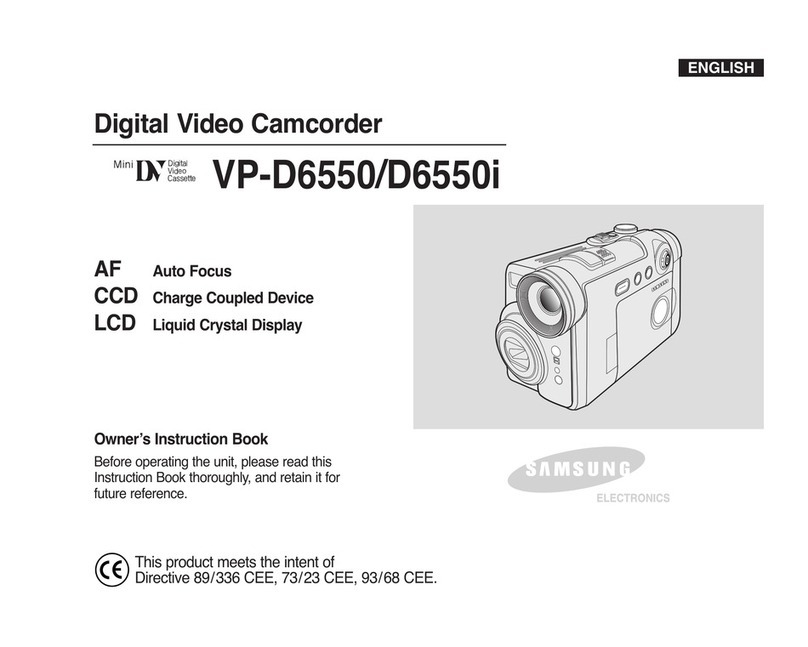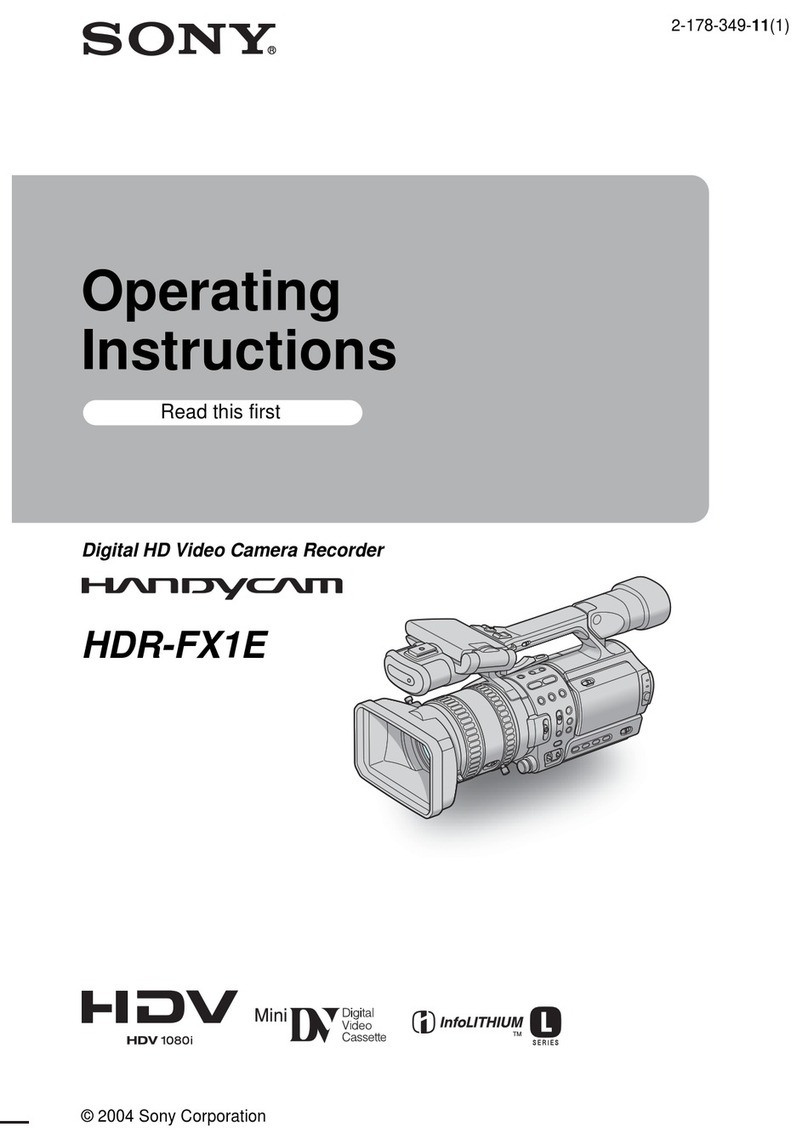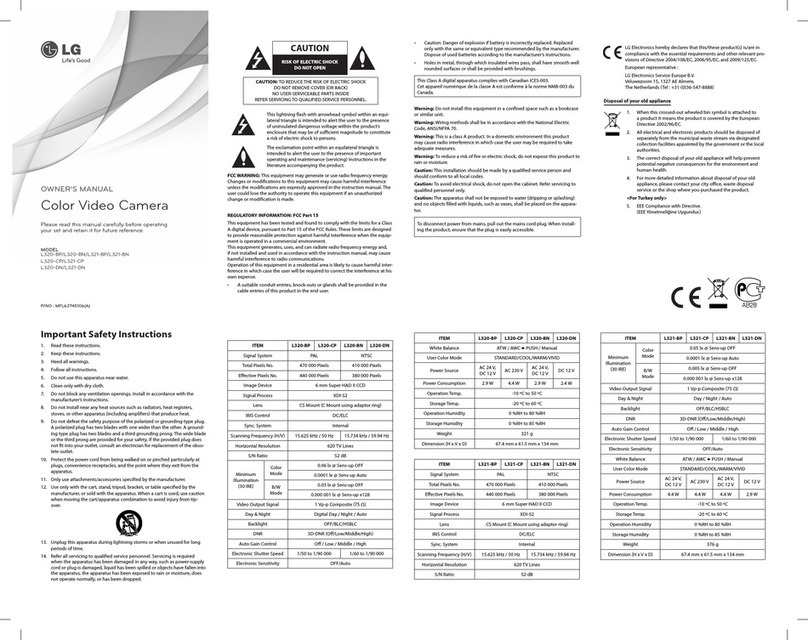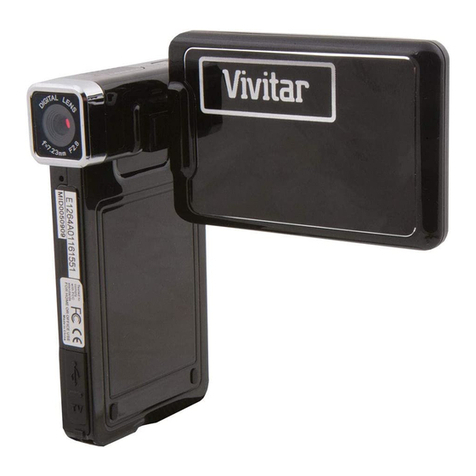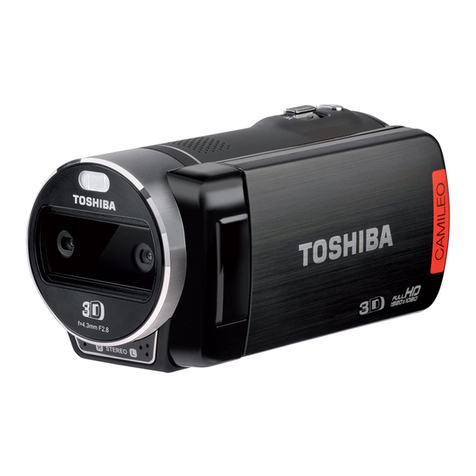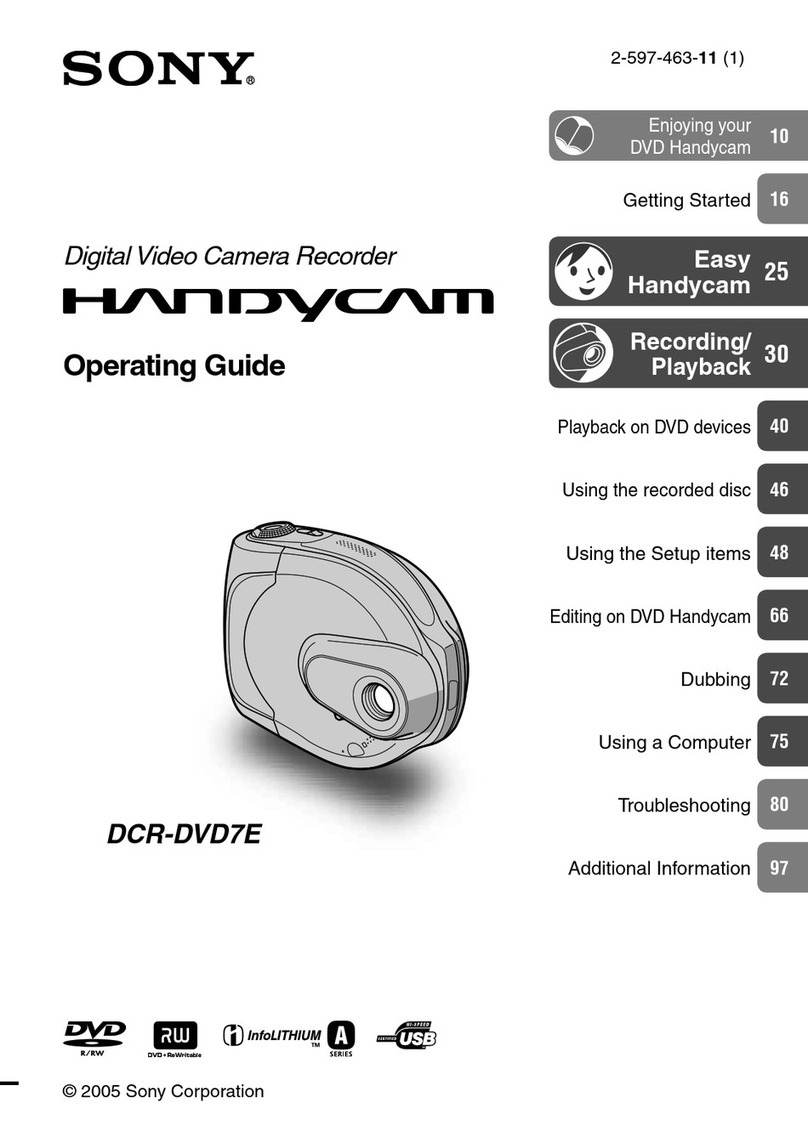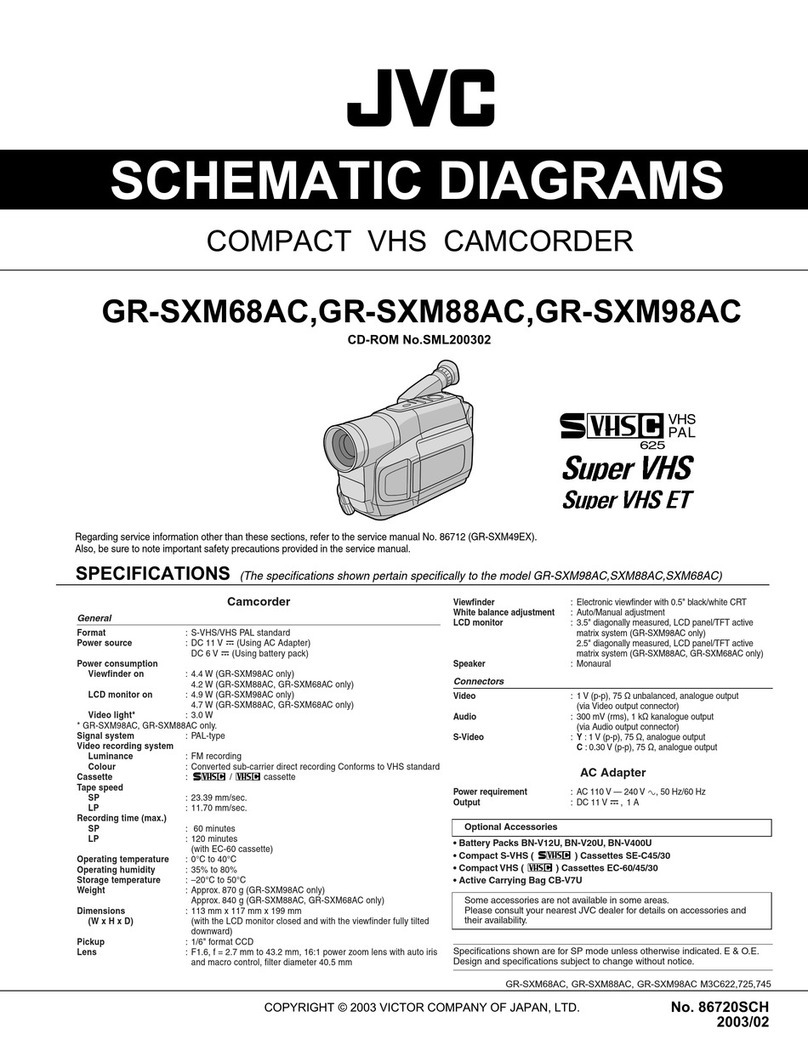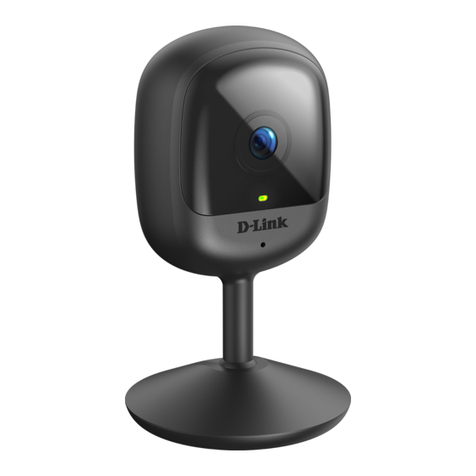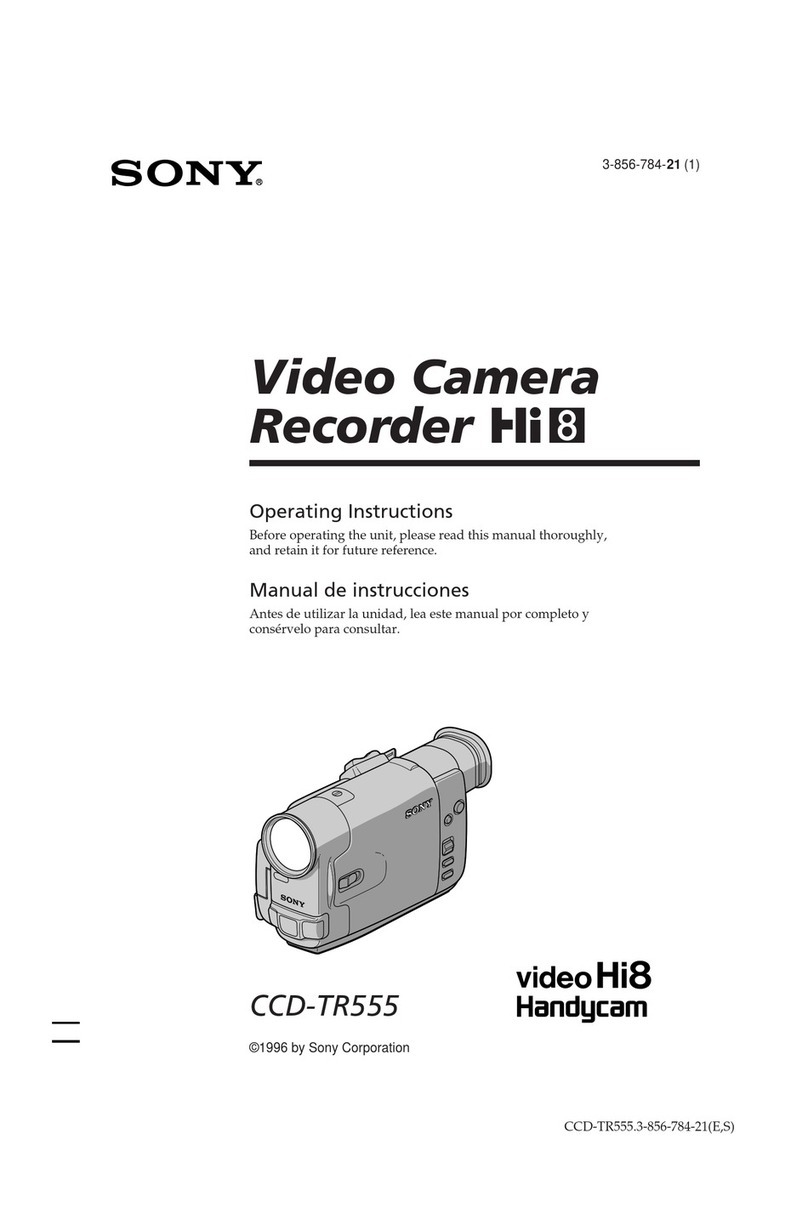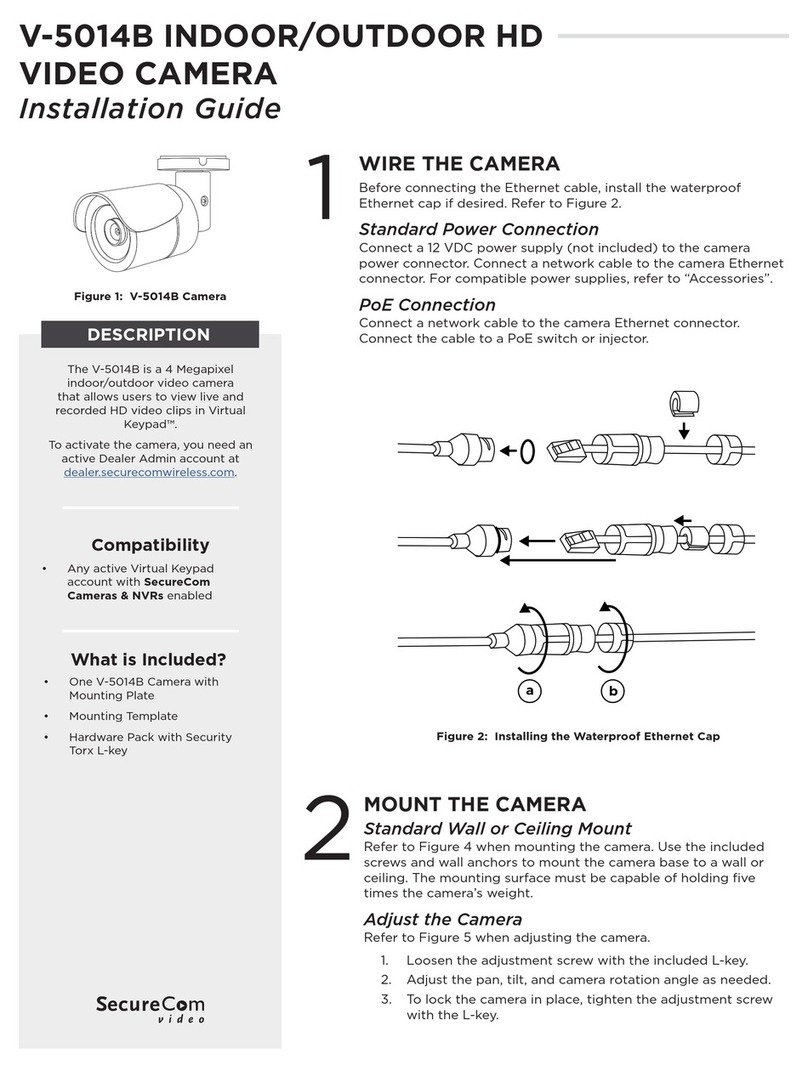3
Contents
Introduction . . . . . . . . . . . . . . . . . . . . . . . . . . . . . . .5
Features . . . . . . . . . . . . . . . . . . . . . . . . . . . . . . . . . .5
Features of the camera unit . . . . . . . . . . . . . . . . . .5
Features of the VTR unit . . . . . . . . . . . . . . . . . . . .7
System configuration . . . . . . . . . . . . . . . . . . . . . . .8
Parts and their functions . . . . . . . . . . . . . . . . . . . .9
Power supply section . . . . . . . . . . . . . . . . . . . . . . .9
Accessory mounting section . . . . . . . . . . . . . . . . .9
Audio function section . . . . . . . . . . . . . . . . . . . . .10
Viewfinder section . . . . . . . . . . . . . . . . . . . . . . . .12
Shooting (recording)/playback function section . .13
Warning/status display section . . . . . . . . . . . . . . .18
Menu operation section . . . . . . . . . . . . . . . . . . . .19
Time code related section . . . . . . . . . . . . . . . . . .19
Power supply . . . . . . . . . . . . . . . . . . . . . . . . . . . . .21
Using the Anton/Bauer battery pack . . . . . . . . . .21
Using the Panasonic AU-BP402 battery pack . . .22
Using the Sony NP-1 battery pack . . . . . . . . . . . .23
Using the Sony BP-90 battery pack . . . . . . . . . . .23
Using the Sony BP-L60/L90 lithium-ion battery . .24
Using an AC power supply
when the AJ-B75 AC adapter is used . . . . . . . . .24
Attaching the lens . . . . . . . . . . . . . . . . . . . . . . . . .25
Adjusting the lens flange . . . . . . . . . . . . . . . . . . .26
Adjusting the white shading . . . . . . . . . . . . . . . . .27
Adjusting the viewfinder . . . . . . . . . . . . . . . . . . . .29
Attaching the viewfinder . . . . . . . . . . . . . . . . . . . .29
etaching the viewfinder . . . . . . . . . . . . . . . . . . .29
Adjusting the viewfinder position . . . . . . . . . . . . .30
Audio input preparation . . . . . . . . . . . . . . . . . . . .31
When attaching a microphone to the viewfinder
(optional accessory) for use . . . . . . . . . . . . . . . . .31
When attaching a microphone to the main unit for
use . . . . . . . . . . . . . . . . . . . . . . . . . . . . . . . . . . . .32
When connecting a microphone to the
MIC IN jack . . . . . . . . . . . . . . . . . . . . . . . . . . . . . .33
When connecting a microphone to the
AU IO IN connector . . . . . . . . . . . . . . . . . . . . . .33
When using a wireless microphone . . . . . . . . . . .34
When connecting audio components . . . . . . . . . .34
Mounting the unit on a tripod . . . . . . . . . . . . . . . .35
Attaching the shoulder strap . . . . . . . . . . . . . . . .36
Adjusting the shoulder pad position . . . . . . . . . .36
Attaching the rain cover . . . . . . . . . . . . . . . . . . . .37
Connecting the extension control unit . . . . . . . .37
Viewfinder lamp displays . . . . . . . . . . . . . . . . . . .38
Setting the lamp displays . . . . . . . . . . . . . . . .39
Viewfinder screen status displays . . . . . . . . . . . .40
Selecting the display items . . . . . . . . . . . . . . . . . .42
isplay modes and setting change messages . . .43
Switching the display mode . . . . . . . . . . . . . . . . .44
Setting the marker displays . . . . . . . . . . . . . . . . .44
Setting the camera I . . . . . . . . . . . . . . . . . . . . .44
Screen displays . . . . . . . . . . . . . . . . . . . . . . . . . . .45
Remaining battery charge and audio channel level
and remaining tape displays . . . . . . . . . . . . . . . .45
isplays relating to errors and warnings . . . . . . .45
isplays relating to time codes . . . . . . . . . . . . . .45
Adjusting the date and time . . . . . . . . . . . . . . . . .46
Adjustments and setup using the setting
menus . . . . . . . . . . . . . . . . . . . . . . . . . . . . . . . . .46
Adjusting the white balance and black
balance . . . . . . . . . . . . . . . . . . . . . . . . . . . . . . . . . .47
Adjusting the white balance . . . . . . . . . . . . . . . . .47
Adjusting the black balance . . . . . . . . . . . . . . . . .51
Setting the electronic shutter . . . . . . . . . . . . . . . .52
Shutter modes . . . . . . . . . . . . . . . . . . . . . . . . . . .52
Setting the shutter mode and speed . . . . . . . . . .52
Changing the shutter speed and mode selection
range . . . . . . . . . . . . . . . . . . . . . . . . . . . . . . . . . .53
Setting the synchro scan mode . . . . . . . . . . . . . .53
Variable frame rate . . . . . . . . . . . . . . . . . . . . . . . .54
Setting the frame rate . . . . . . . . . . . . . . . . . . . . . .54
Scan reverse . . . . . . . . . . . . . . . . . . . . . . . . . . . . .55
Setting the scan reverse . . . . . . . . . . . . . . . . . . .55
Adjusting the audio level . . . . . . . . . . . . . . . . . . .56
Manual audio level adjustments . . . . . . . . . . . . . .56
Limiter . . . . . . . . . . . . . . . . . . . . . . . . . . . . . . . . .56
Setting the time data . . . . . . . . . . . . . . . . . . . . . . .57
Setting the user’s bit . . . . . . . . . . . . . . . . . . . . . . .57
Setting the time code . . . . . . . . . . . . . . . . . . . . . .58
Externally locking the time code . . . . . . . . . . . . . .59
How to use the user data . . . . . . . . . . . . . . . . . . .60
Setup card operations . . . . . . . . . . . . . . . . . . . . . .61
Formatting the setup card . . . . . . . . . . . . . . . . . .62
Saving the data settings on the card . . . . . . . . . .63
Loading the data saved on the card . . . . . . . . . . .65
Cassette tapes . . . . . . . . . . . . . . . . . . . . . . . . . . . .66
Recording . . . . . . . . . . . . . . . . . . . . . . . . . . . . . . . .67
Shooting . . . . . . . . . . . . . . . . . . . . . . . . . . . . . . . .68
Scene-to-scene continuity . . . . . . . . . . . . . . . . . .69
Playback
(checking what has been recorded) . . . . . . . . . . .70
Rec review . . . . . . . . . . . . . . . . . . . . . . . . . . . . . .70
Color playback . . . . . . . . . . . . . . . . . . . . . . . . . . .70
Lens RET button functions . . . . . . . . . . . . . . . . . .70
Other VTR functions . . . . . . . . . . . . . . . . . . . . . . .71
NEWS REC function . . . . . . . . . . . . . . . . . . . . . .71
RETAKE function . . . . . . . . . . . . . . . . . . . . . . . . .71
INTERVAL REC (intermittent recording)
function . . . . . . . . . . . . . . . . . . . . . . . . . . . . . . . . .71
Menu operations . . . . . . . . . . . . . . . . . . . . . . . . . .72
Basic setting menu operations . . . . . . . . . . . . . . .73
isplaying sub-menus and deciding on
settings . . . . . . . . . . . . . . . . . . . . . . . . . . . . . . . . .74
Setting menu configuration . . . . . . . . . . . . . . . . .75

